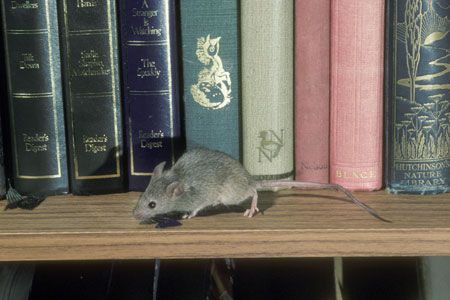Fall and winter are prime seasons for pest to seek shelter in warm, cozy homes. You can prevent rodents and other creatures from breaking in by strengthening your home’s vulnerable spots and implementing effective pest-control practices. Read our guide below for tips on how to identify potential entry points, fortify your home, and keep pests from ruining your environment.
Common Household Pests
Familiarize yourself with different types of pests before exploring prevention strategies.
Types of Rodents
Mice and rats are the most common types of rodent intruders, and can squeeze into your home through small openings. Mice can fit through holes as small as dimes, and rats can enter through quarter-sized openings. Both can chew through various materials, such as wood, plastic, wires, insulation, and other structural materials in your house.
Rodents carry diseases and can contaminate food sources. Identifying signs of rodent activity, such as droppings, gnaw marks, or unusual noises, is the first step in detecting them and preventing them from entering.
Other Furry Intruders

Rodents are the most common concern for homeowners, but the pests below can also be nuisances:
- Bats: Seek shelter in attics and wall voids
- Opossums: Den under porches or in crawl spaces
- Raccoons: Open trash cans and infiltrate attics
- Squirrels: Enter through roof access points or chimneys
Understanding the habits and preferred entry points of each intruder is key to keeping them out of your home.
Identifying Vulnerable Entry Points for Pests
You need to identify and address potential pest entry points to successfully pest-proof your home. Pests can exploit even the smallest weaknesses in your home’s exterior, so make sure your inspection is thorough.
Window and Door Frames
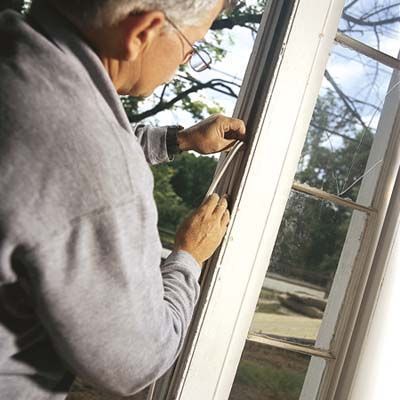
Windows and doors are common entry points for pests. Survey these areas carefully for signs of wear or damage. Replace worn weatherstripping to create tight seals, and pay special attention to wooden sills and frames, as rodents can invade through soft spots. Make sure screens fit tightly in their respective frames, and repair any tears immediately to keep flying insects and smaller pests from entering.
Roof and Attic Access
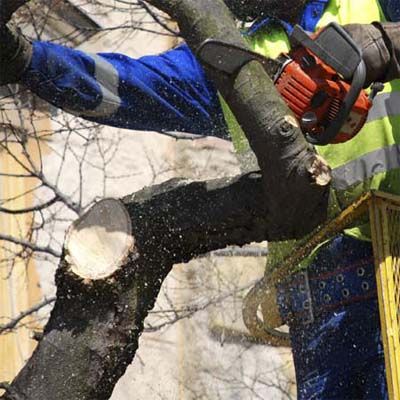
Attics are easy access points for pests, especially squirrels and bats. Scan your roof regularly for gaps in eaves and flashing joints, and use durable materials such as aluminum or galvanized steel to close these openings. Pay attention to soffits and fascia, and fill any holes with expanding foam. Trim back trees that overhang your roof to eliminate access paths for squirrels.
Foundation Weaknesses
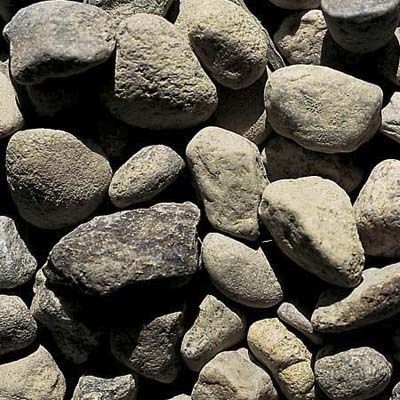
The foundation of your home is another area that’s vulnerable to potential pest entry. Mice and other small rodents can easily crawl into cracks or gaps around the base of your house. Use river rock or stones to create a barrier between your home’s foundation and any mulch or vegetation. These materials prevent mice from nesting close to your home. Carefully inspect the area where your foundation meets the ground, and seal any cracks or crevices around basement pipes with mortar.
Chimney and Vent Openings
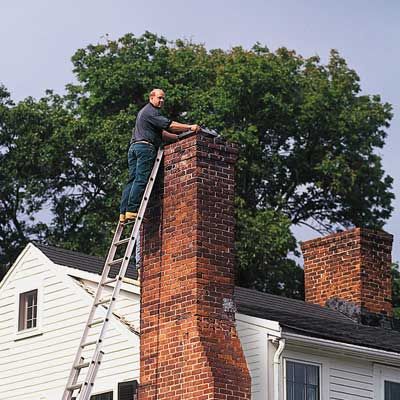
Install a chimney cap to keep larger animals such as squirrels, bats, and raccoons out of your house. Use 1/4-inch hardware cloth to create a barrier around attic vents and other openings. This will keep pests out but still allow air to circulate. Regularly check these areas to make sure protective measures remain intact.
Strengthening Your Home’s Pest Defenses
Once you’ve identified potential entry points, you can start protecting your house against pest invasions. Seal openings, reinforce vulnerable areas, and create barriers that deter pests from entering.
Seal Cracks and Gaps
Inspect your home’s exterior for any cracks, gaps, or holes. Use appropriate materials to seal these openings:
- For holes around pipes or cables: Stuff with steel wool or copper mesh, then seal with foam or caulk
- For large openings: Use expanding foam to fill the space
- For small gaps: Apply caulk to create a watertight seal
Pay special attention to points at which different materials meet, such as where siding joins the foundation, or around window frames. These are commonly weak points.
Install Sturdy Weatherstripping
Effective weatherstripping improves your home’s energy efficiency and creates a barrier against pests. Replace worn or damaged weatherstripping around doors and windows with high-quality materials that can withstand frequent use and shifting weather conditions. Make sure there are no gaps when you close your windows and doors.
Reinforce Siding and Trim

Pests can easily squeeze through damaged siding or trim. Examine the outside of your house regularly and replace any damaged panels. Fill in gaps between trim and siding with caulk. Stuff larger holes with a combination of copper mesh and steel wool. Follow this with a layer of expanding foam.
Specialized Pest Control Products
Invest in the specialized products below to address specific pest issues:
- Chimney caps that keep out larger animals
- Non-toxic pest repellent sprays
- Rodent-proof door sweeps
- Ultrasonic pest repellent for indoor use
Always read and follow the manufacturer’s instructions when using any pest control products.
Natural Deterrents for Pest Prevention
Natural deterrents can also help you to keep pests out of your home. These methods are usually environmentally friendly.
Landscaping Techniques
You can use your landscaping as a strategic tool to repel pests. Consider the strategies below.
- Maintain a clear zone: Keep a 1–2 foot gravel or stone barrier around your foundation.
- Manage moisture: Make sure you have a good drainage system to prevent standing water near your home.
- Remove debris: Clear away piles of leaves, wood, or other materials that could house pests.
- Trim vegetation: Keep bushes and tree branches away from your home.
Plant-Based Repellents
You can use plants such as the varieties below to repel pests:
- Chrysanthemums: Contain pyrethrin, which insects don’t like
- Citronella grass: Repels mosquitoes
- Lavender: Repels moths, fleas, and mosquitoes
- Mint: Repels mice and other rodents
Seasonal Maintenance To Prevent Pest Infestations
Pest control requires your attention throughout the year. Try to adapt your strategies to match the season.
Fall
As temperatures drop, pests seek warm shelter. Examine and clean your gutters to prevent water damage and pest habitation, and store firewood at least 20 feet away from your home. Seal any new cracks or gaps that may have formed over the summer.
Winter
Be alert for signs that pests have multiplied during winter months. Regularly check attics, basements, and crawl spaces for signs of intrusion, and keep indoor areas dry and well-ventilated. Keep the rooms in your house clean, especially the kitchen, where pests can stake out.
Spring and Summer
Focus your efforts on outdoor prevention during spring and summer months. Trim trees and shrubs away from your home, and remove standing water sources that could attract pests. Inspect and repair screens and weatherstripping.
When To Call a Professional Pest Control Service
You can repel pests with do-it-yourself measures, but certain situations call for professional services. Consider calling a pest control service if you encounter any of the issues below.
- You have a severe or persistent infestation.
- You need help identifying the type of pest or entry points.
- You’re dealing with potentially dangerous pests.
- You’ve tried DIY methods without success.
Professional pest control services have the expertise and tools necessary to handle complex pest problems safely and effectively.
